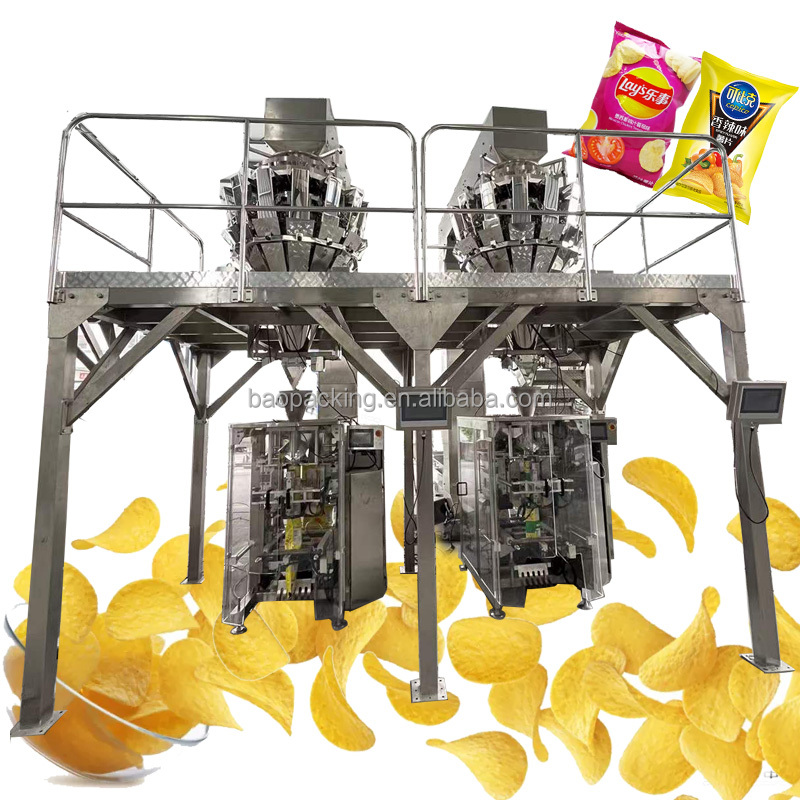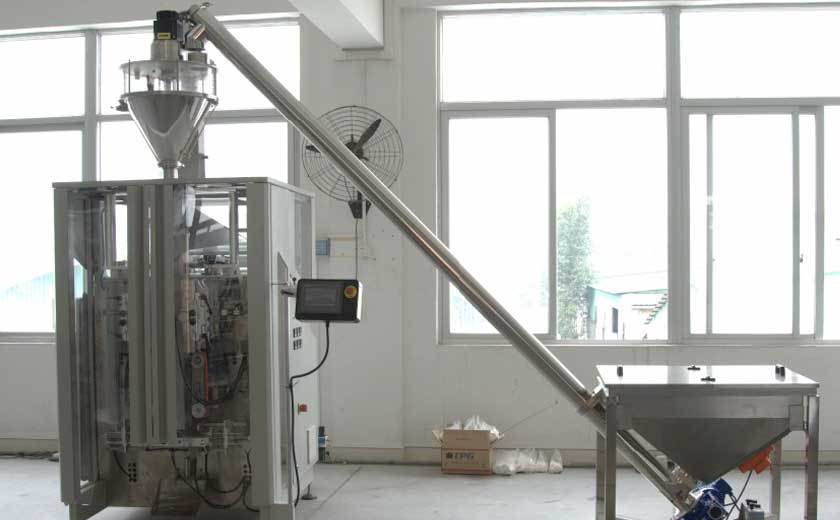Common Challenges in Vertical Wrapping and How to Solve Them
Vertical wrapping is a common packaging technique used in various industries to protect and display products. However, it comes with its own set of challenges that can affect the efficiency and quality of the packaging process. Understanding these challenges and implementing effective solutions is crucial for businesses to optimize their operations.
Misalignment and Wrinkles
Misalignment of wrapping material and wrinkles on the resulting package can occur due to improper machine settings, inconsistent film tension, or product variations. To resolve this issue, ensure that the film guide system is properly adjusted and that the film tension is consistent throughout the wrapping cycle. Additionally, consider using pre-stretched film or upgrading to a machine with automatic film tension control.
Poor Seal Strength
Poor seal strength can lead to product spoilage, contamination, or damage during transportation. To enhance seal strength, inspect the sealing wires for wear or damage and replace them if necessary. Use a suitable sealing temperature and pressure specific to the film material. Ensure that the seal area is clean, free of debris, and has sufficient cooling time to allow the seal to properly set.
Film Tearing or Pinholing
Film tearing or pinholing can occur due to excessive tension, sharp product corners, or foreign objects. To prevent tearing, use the correct film thickness and tension settings. Pad or protect sharp product corners. Regularly clean the conveyor system and film guides to remove any debris that could potentially cause punctures.
Efficiency and Productivity
Optimizing efficiency and productivity is crucial for maximizing output. To achieve this, consider automating the wrapping process with semi-automatic or fully automatic machines. Train operators properly to ensure they are following best practices and operating the equipment efficiently. Implement regular preventive maintenance schedules to keep machines running smoothly and minimize downtime.
Cost Optimization
Reducing packaging costs is essential for profitability. To optimize costs, explore the use of thinner or alternative film materials that provide the necessary protection and aesthetics. Negotiate favorable terms with film suppliers through volume discounts or long-term contracts. Consider purchasing pre-printed film to eliminate the need for additional labeling.
Sustainability Considerations
In today’s environmentally conscious market, it is important to minimize the environmental impact of packaging. Use biodegradable or recyclable wrapping materials to reduce waste. Optimize film usage by eliminating unnecessary overhang or trimming. Explore the use of eco-friendly inks and adhesives for printing or labeling.
By addressing the common challenges in vertical wrapping systematically and implementing comprehensive solutions, businesses can improve the efficiency, quality, and sustainability of their packaging operations. Whether it’s resolving misalignment issues, enhancing seal strength, optimizing productivity, or reducing costs, a proactive approach can lead to significant benefits and ensure that products are packaged securely and professionally.
-

Overview of Packaging Machine Buying Guides
08-01-2024 -

How Does a Vertical Form Fill Seal Machine Work?
30-10-2023 -

Advancements in Auger Powder Filling Technology
27-10-2023 -

A Deep Dive into Automatic Packaging Machines
26-10-2023 -

The Revolutionary Fully Automatic Potato Chips Packaging Machine
20-09-2023 -

How to choose the right packaging machine?
23-08-2023 -

Reducing Waste And Maximizing Yield With Multihead Weigher Machines
15-03-2023 -

Nuts Packaging Machine for Dry Products Perservation
26-11-2022 -

Is Automated Biscuit Packaging Machine Better Than Manual Opeartion?
25-11-2022





